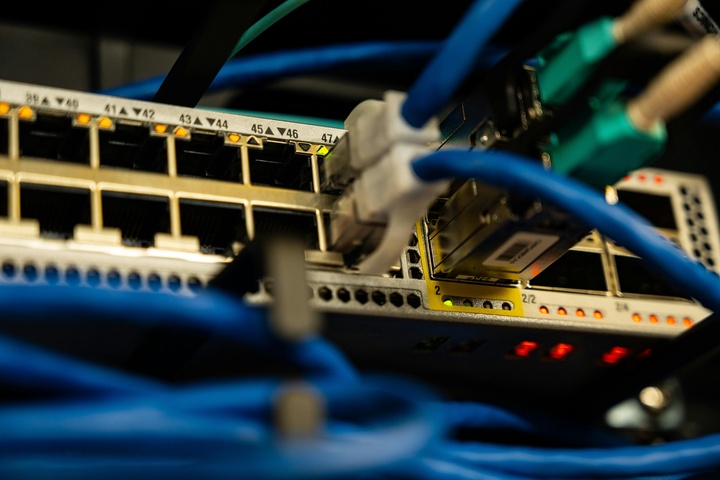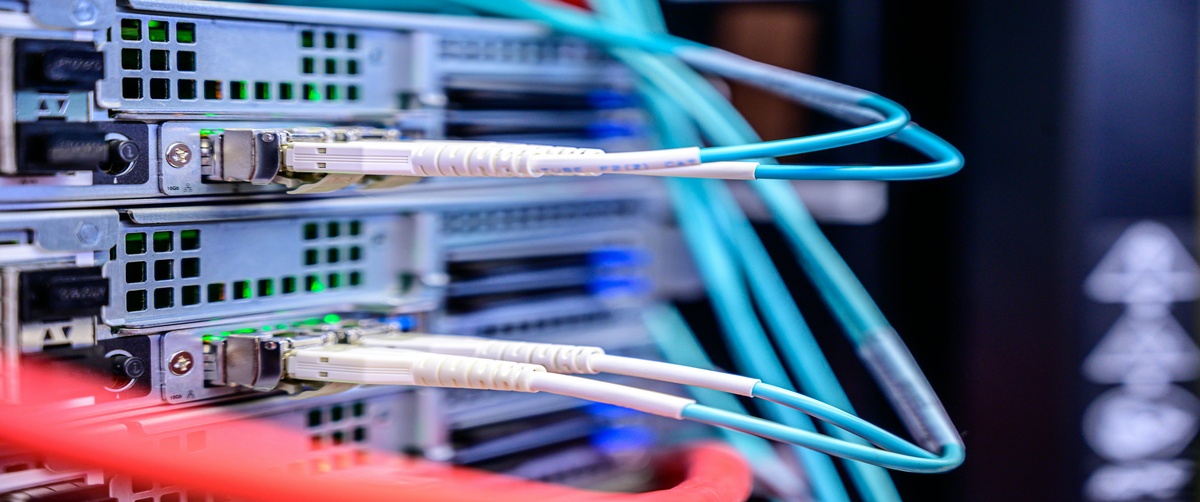Introduction
A network hub failure can disrupt communication between devices, causing slow network speeds, packet loss, and connection drops. Unlike switches, hubs share bandwidth among all connected devices, making them more prone to collision domain issues and network congestion.
This guide will help you diagnose and fix network hub failures, ensuring stable connectivity and optimal network performance.
What Causes a Network Hub Failure?

Several issues can lead to hub failures, including:






Let’s go through step-by-step troubleshooting to identify and fix network hub failures.

Step 1: Check Power and Physical Connections
If the hub is not turning on or behaving erratically:

- Ensure the hub is plugged into a working power source.
- Try a different power adapter (if applicable).
- Test the power outlet with another device.

- Feel the hub’s surface; if it’s too hot to touch, unplug it for 10 minutes before restarting.
- Ensure proper ventilation around the hub.
If the hub powers on but connected devices aren’t working, move to Step 2.
Step 2: Inspect Ethernet Cables and Ports

- Try a different cable to rule out cable damage.
- Use Cat5e, Cat6, or higher-quality cables for stable connections.

- Plug a device into another port on the hub.
- If one port is faulty, the hub may still work using other ports.

- If LED indicators are off, the device, cable, or hub port may be faulty.
If the hub is still not working, proceed to Step 3.
Step 3: Reduce Network Congestion and Collisions
Since hubs operate in a shared bandwidth environment, too many connected devices can cause excessive collisions and slowdowns.

- A standard Ethernet hub supports up to 8–16 devices.
- If you have more than 5-6 active devices, consider upgrading to a switch.

- Devices generating high network traffic (e.g., streaming, large file transfers) should use a network switch instead of a hub.

nginx
CopyEdit
netstat -e
- Look for high collision counts in the network statistics.
If congestion persists, move to Step 4.
Step 4: Identify and Eliminate Network Loops
A network loop can flood the hub with excessive traffic, causing a broadcast storm.
How to Detect and Fix Network Loops:

- Ensure no two ports are connected to each other.
- If using multiple hubs, confirm only one uplink cable connects them.

css
CopyEdit
show mac address-table
- If the same MAC address appears on multiple ports, a loop may exist.
If loops aren’t the issue, move to Step 5.
Step 5: Reset the Hub

- Power cycle the hub by unplugging it for 30 seconds and plugging it back in.

nginx
CopyEdit
reload
If configurations are incorrect, perform a factory reset using a reset button or:
arduino
CopyEdit
write erase
reload
If the hub still fails, proceed to Step 6.
Step 6: Check for Hardware Damage
If the hub is physically damaged, it may need replacement.

- Burn marks on the power adapter or ports.
- Loose connections or broken Ethernet jacks.
- Frequent disconnections despite working cables and devices.

- Replace the hub with a working one to determine if the issue is hardware-related.
If hardware failure is confirmed, move to Step 7.
Step 7: Upgrade to a Network Switch (Recommended)
Hubs are outdated and less efficient than switches. If frequent failures occur, consider upgrading to a switch for:




Recommended alternatives:
- Unmanaged Switch (For Home/Small Office): Netgear GS308, TP-Link TL-SG105.
Managed Switch (For Business Use): Cisco Catalyst 9200, Ubiquiti UniFi Switch.
Best Practices to Prevent Future Hub Failures






Get Expert IT Support for Network Hub and Connectivity Issues
Still facing hub failures, network congestion, or connectivity issues?








